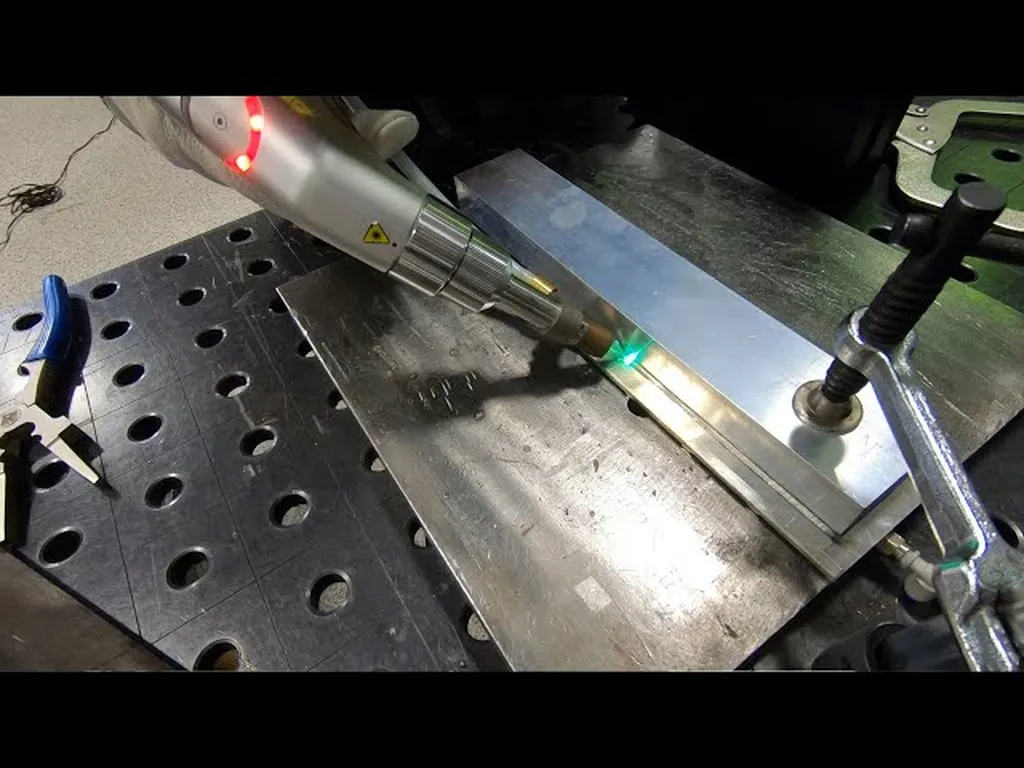In the quest for lighter, stronger, and more efficient materials, researchers are constantly pushing the boundaries of welding technology. A recent study led by Seonghyun Kim from the Department of Materials Science and Engineering at Pusan National University and the Korea Institute of Industrial Technology has shed new light on how laser-beam control can significantly enhance the quality and performance of aluminum alloy welds. Published in the Journal of Advanced Joining Processes, the research focuses on the effects of adjustable ring mode (ARM) laser-beam control in laser-arc hybrid welding (LAHW) on the microstructure and mechanical properties of AA6N01-T5 aluminum alloy.
The study compared three laser-beam conditions: ring-beam hybrid welding (RBHW), center-beam hybrid welding (CBHW), and dual-beam hybrid welding (DBHW). Each method was evaluated under similar heat input conditions to understand its impact on porosity, grain size, and mechanical properties. The findings reveal that the distribution of laser-beam energy plays a crucial role in determining the quality of the weld.
Kim and his team discovered that RBHW achieved the lowest porosity (0.77%) and the highest elongation (8.7%) due to a stable keyhole geometry and enhanced molten-pool convection. “The stable keyhole geometry in RBHW helps in minimizing porosity, which is a common issue in aluminum welding,” Kim explained. This stability is crucial for applications requiring high ductility and reliability.
On the other hand, DBHW exhibited the smallest equiaxed grain size (179.43 μm) and the lowest magnesium (Mg) loss (0.89 wt%), resulting in the highest tensile (178.9 MPa) and yield (121.8 MPa) strengths. “The reduced Mg loss in DBHW is significant because Mg is a key element in precipitation strengthening, which directly impacts the mechanical properties of the alloy,” Kim noted. This finding is particularly relevant for industries where high strength and durability are paramount.
CBHW, however, showed a combination of high porosity, coarse grains, and severe Mg loss, which degraded the mechanical performance of the weld. This highlights the importance of careful beam control in achieving optimal welding outcomes.
The research underscores the potential of ARM laser-beam control in improving the performance and reliability of high-strength aluminum alloy welds. For the energy sector, where lightweight and high-strength materials are increasingly in demand, these findings could pave the way for more efficient and cost-effective manufacturing processes. As Kim put it, “Understanding the interplay between beam control, microstructure, and mechanical properties is essential for advancing welding technologies and meeting the evolving needs of various industries.”
The study, published in the Journal of Advanced Joining Processes (translated as “Advanced Welding and Joining Technology”), provides a comprehensive analysis of how laser-beam energy distribution influences molten-pool behavior, microstructure, and mechanical properties. This research not only clarifies the underlying mechanisms but also offers practical insights for optimizing welding processes in real-world applications. As the energy sector continues to seek innovative solutions for lightweight and durable materials, the findings from this study could shape future developments in welding technology, driving progress and innovation in manufacturing.

